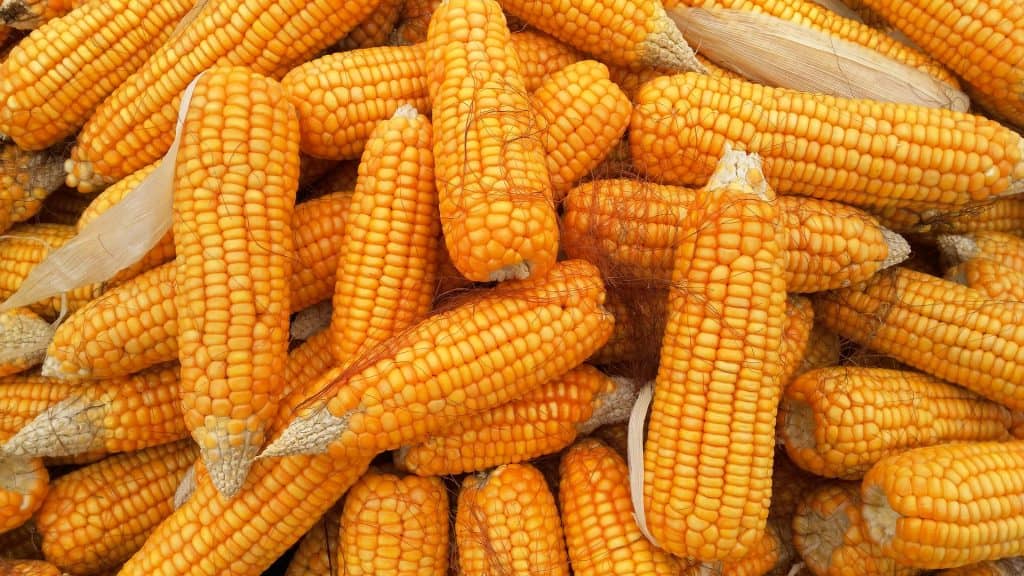While the external environment becomes problematic due to the cuts in stocks in the United States, the current global demand starts to use Brazil as the main purchase option, at least until March. As a result, prices of corn at ports have risen, also helped by the volatility of the exchange rate, and they are already beginning to give space for shipments to the port of Rio Grande in February and March. This export demand from the last quarter of the Brazilian business year will determine the 2022 profile and carryover stocks for 2023.
Higher premiums in the Gulf of Mexico converted much of the global demand to South American suppliers. The first point in this environment is that Argentina, the third largest exporter in the world, no longer has volumes for new sales as export registrations have already reached their maximum, that is, 36 mln tons for this business year. Shipments will exist from registered volumes, but new sales will only emerge with the new 2023 crop that will be reaped from April, since planting is quite late. So far the planting is between 14 and 20% and more concentrated in the northeast side of the country, a region that received rains last week. However, the normal rate for planting would be nearly 29/30% of the area.
The point is that the Nucleo region – Cordoba, Santa Fe, and Buenos Aires – remains completely dry and without conditions for cultivation. On the one hand, the situation deserves attention, but for now only considering a potential planting delay. On the other hand, the focus for the international market will be the obtainment of supplies from Argentina in the first half of the year, however, export conditions will only be available from May onwards due to the harvest cycle.
So, Brazil and Ukraine are left as supply options in the first half of 2023. Ukraine with an uncertain situation regarding the export corridor. Brazil still has corn and logistic conditions for good shipments until January. And the international market seems to have detached itself from a stronger focus on US corn and decided to buy from Brazil while there is supply. The week’s business jumped to BRL 93/94 for October/November shipments, BRL 94/96 in December, and up to BRL 98 for January. With the arrival of the soybean crop in January, demand began to focus on ports that will have room for corn in February and March, that is, Rio Grande (RS) and Imbituba (SC). Trades at BRL 99/100 for February/March were reported last week via Rio Grande. Even deals for the 2023 second crop started to take place at BRL 90/91 at the port for August/September shipments. Therefore, we must understand that the adjustment of premiums in US corn has converted demand for Brazilian corn, and prices made exports viable.
The schedule at ports continues at a great pace. October now has 6.3 mln tons scheduled, having already shipped 2.7 mln tons. November starts with 300 thousand tons. In the business year, shipments totaled 30.8 mln tons. Considering the current demand for the last quarter of the business year, we can easily reach 40 mln tons.
The Brazilian planting of the 22/23 crop offered some restraint in the South region due to excessive rainfall in the period. Many locations of Santa Catarina and Paraná were not able to plant due to excessive moisture and torrential rains. Some locations further to the center-north of Rio Grande do Sul had little progress. Now the planting pace is better in São Paulo, center-south of Minas Gerais, and southwest of Goiás. Rain is still needed in the east of Mato Grosso, center-north of Goiás, Minas Gerais, and Matopiba. Forecasts point to heavy rainfall in all these locations for the turn of the month, which must strengthen the planting pace. For now, the planting window of the 2023 second crop has not been affected.
Follow the Safras Agency on our website. Also follow us on our Instagram and Twitter and stay on top of the main agribusiness news!
Copyright 2022 – Grupo CMA

